Animal Underground
The Unit for Laboratory Animal Medicine and its relation to the hospital at large.
- Photo by Chris Chapman
Proper lighting conditions are vital for the maintenance of ULAM's animal population. Red-filtered windows keep light out of animal rooms during night hours.
- Photo by Chris Chapman
A single rat's cage is roughly the size of a shoebox.
- Photo by Chris Chapman
Workers at an autoclave station pose for the camera.
- Photo by Chris Chapman
Mouse cages are meticulously labeled with color-coded cards to keep the facility organized.
- Photo by Chris Chapman
Kristy, an employee in the ULAM and former ‘expedition leader’ at Disney World’s Kilimanjaro Safari. She founded the pre-veterinary club at Eastern Michigan University.
- Photo by Chris Chapman
An extensive array of equipment is required for animal maintenance.
- Photo by Chris Chapman
Gavin, a seven-year employee of ULAM, studied Biology and Chemistry at Grand Valley State University.
“The hospital is actually a lot like Disney World – there’s the part that most people see, and then there’s the part below that makes it all run.” This might be the first time a hospital has been likened to a behemoth amusement park; yet to Kristy, an employee in the Unit for Laboratory Animal Medicine (ULAM) and former ‘expedition leader’ at Disney World’s Kilimanjaro Safari, the comparison is quite apt. At Disney World, employees at one site are strictly prohibited from being in costume at any other. So how does Snow White get from her castle to the cafeteria for lunch? via a sprawling web of underground passageways interconnecting the disparate parts of the park. Largely relegated to this subterranean world is also the army of janitors, garbage men, and others involved in the upkeep of the park. The rationale for such fastidiousness is that seeing a character outside their rigidly circumscribed world – or witnessing something as normal as a garbage truck – would somehow undermine Disney’s idyllic image.
A similar logic is at play in the architecture of the modern hospital. That its most frequented areas are exceedingly spacious, replete with natural light, and for the most part kept quite clean is no accident; it is also far from serendipitous that these locales are well removed from the hospital’s more desultory, chaotic quarters. Just as seeing Snow White at Space Mountain might bewilder a starry-eyed youth, so too would a blood-splattered Emergency Department doctor undoubtedly fluster a great many patients by strolling through the halls just outside the cafeteria. Similarly, just as Disney buries much of the parts necessary in maintaining its luster, so too does the hospital do its best to cloister away those more mundane and unsettling aspects of itself. From Laundry Services to custodians, the visibility of a great deal of people and places needed to “make it all run” is largely kept to a minimum. The hospital’s architecture, then, is designed with the same goal as Disney World’s: to fashion a universe separate from that outside its walls. This alternate reality the hospital seeks to envelope its patrons in is one of sterile stolidity, the hope being to mitigate some of the dismay patients and their visitors are laden with as they trudge through its halls.
***
As far as esoteric realms of the hospital go, ULAM is perhaps unique. Though physically removed from patients’ views, just as the Intensive Care Unit or janitors’ closets, its very existence is largely unknown to even the most seasoned hospital denizens. This is because ULAM is in charge of one of the more controversial aspects of modern medicine: animal research. Though scattered across campus, ULAM’s main hub lies tucked away beneath the dull tiles of the stuffy lecture halls and through the polished glass doors just past a pallid chain of lockers. Within these ammonic halls under ULAM’s aegis are the tens of thousands of animals – from rats and mice to dogs and primates – integral for much of the biomedical research undertaken at Michigan.

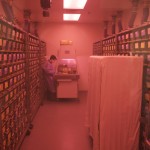
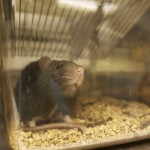
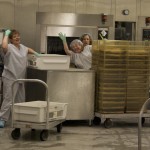
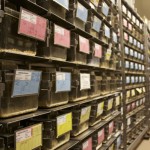
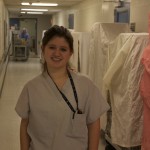
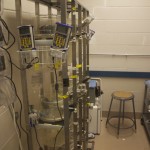
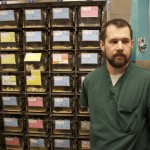
Hi There: I really enjoyed your article. My son is also a tech at the U of M. He and I have faced criticism many times when people discover what his job entails. They could not be more wrong.
My son has always had love forand an almost supernatural connection with animals. He brought home EVERY stray he encountered when he was younger.
I am extremely proud of my son and wholeheartedly support him and his profession and others in his field. Thank you for writing this paper. It was very well put together.
All the best,
Linda Wold
Kudos to you! I hadn’t thgouht of that!